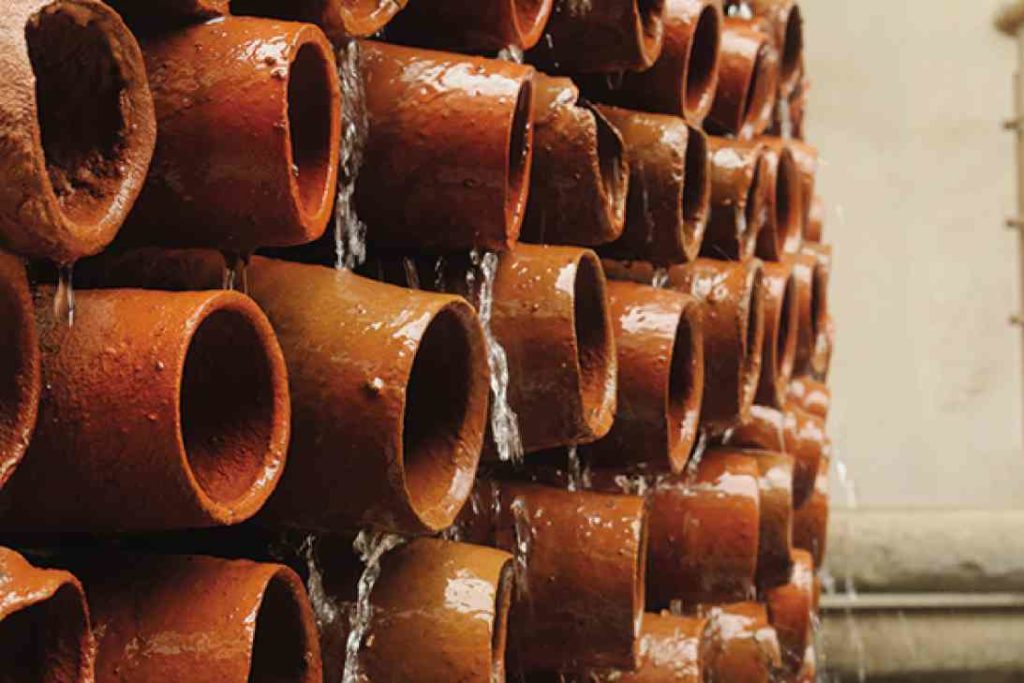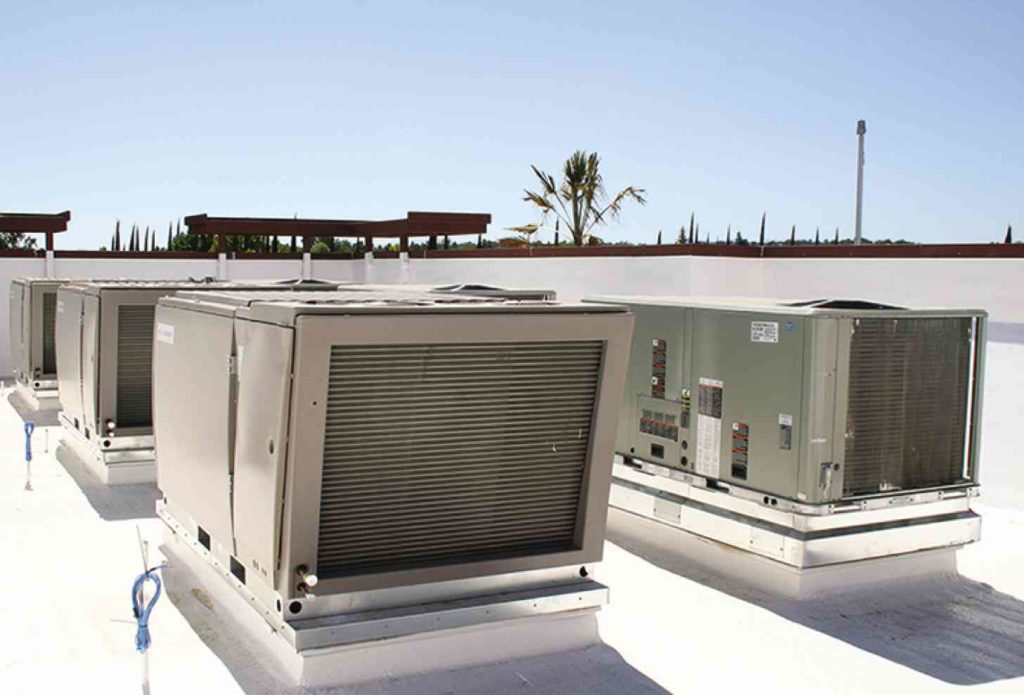
Running water cools the hot air in the Deki Factory.
Summer is almost upon us. While the temperature might reach unbearable levels, it is not the only one rising nowadays. More often than not, as we turn to machines to keep ourselves cool, our electricity bills increase as well.
Air conditioners are often used to combat uncomfortable summer weather, but they can be costly. Electric fans are the popular alternative, but they don’t provide a cooling effect like the former. This challenge does not only occur in the Philippines, but in other countries where the hot summer weather can also be intense.
Thankfully, some innovators are coming up with ways to beat the heat through cheap and sustainable means. Though these projects are still in development, they are worth considering for those who can look beyond air conditioners.
Ice-cold solution
Ice provides instant relief to anyone suffering from heat. Though quick to melt, ice is perhaps the easiest item one can get to help cool down. Now, with the advent of technology, ice can cool down whole buildings and houses, too.
Pioneered by the American company Ice Energy, the Ice Bear battery is a revolutionary development in cooling systems.

The Ice Bear 30 can be connected to an existing air conditioner to reduce operational costs.
It is basically traditional air conditioning that uses ice to cool buildings during the daytime. It can be applied to residential or commercial establishments. Existing air-conditioning systems can be modified to accommodate the technology.
Data from the company’s website showed that the system can reduce electricity costs during peak hours by up to 95 percent for six hours.
The Ice Bear 30 is developed for commercial use. With a lifespan of 20 years, the machine freezes water during off-peak hours and stores the ice produced. When in use, the machine uses the ice to cool the refrigerant of the connecting air conditioner.
Each battery can accommodate three units of 20 ton commercial air conditioners.
The Ice Bear 20, meanwhile, uses ice to cool a home for four hours. While it works similar to its commercial counterpart, it only needs a regular split-type system to dispatch cool air.
Able to produce a maximum cooling load of 10 tons, the unit reduces electrical bills by up to 30 percent. The fact that it also reduces your home’s carbon footprint makes the system all the more enticing.
Ice Bear products were developed in 2005 and have been certified by the California Energy Commission. Currently, the company offering it is only beginning to expand in America.
It might be a while before the technology reaches Philippine shores. Nevertheless, it would be amazing if the system can be used in future dwellings.
Water, clay substitute
Another unique cooling system was developed by Ant Studio, an architectural firm in India.
The system, which makes use of clay cones and water, was produced specifically for Deki Electronics. The goal was to reduce the temperature around an exterior generator machine at low cost and high efficiency.
Ant Studio developed a prototype to counter the heat produced by a generator.
Looking toward ancient Egyptian models, the firm used natural evaporation to produce the solution. The idea is that hot air entering the clay cones would be cooled by water running on the tiles’ surfaces.
A beehive form was adopted for aesthetics, with the geometry and size of the tiles computed using advanced analysis.
During initial tests, the prototype was able to drop the existing temperature of the area by up to 8 degrees lower. Recycled water was used during the process. The air flow was recorded as 4 m/sec.
The system needs running water once or twice a day to work. If water is manually poured rather than mechanically released, the installation becomes a zero-energy prototype. Though the project has been installed in an outdoor setup, research is currently being done to see if the system can also be adopted indoors.
Creative cooling
Though these projects were developed by professionals, they only go to show that cooling can be done simply and inexpensively.
In fact, if you look it up on the internet, many resources are available that will allow anyone to create their own air-conditioners using household items. These DIY systems only offer a temporary fix but they are effective, sustainable and easy on the pocket.
Overall, we need not run first to air conditioners to combat hot weather. While we cannot argue that mechanical cooling makes life very comfortable, there are other ways to cool ourselves off without breaking the bank or abusing the environment.
If all else fails, the paper fan will always be a reliable and instant way to keep our cool. Otherwise, just go for a swim and enjoy the summer heat. (Sources: S. Anirudh; Ant Studio, New Delhi, India; www.ice-energy.com; www.inhabitat.com)
The author is an architect who studied abroad and currently works for DSFN Architects. She grew up in a home on a hill where air conditioners are rarely used in favor of natural breeze.

